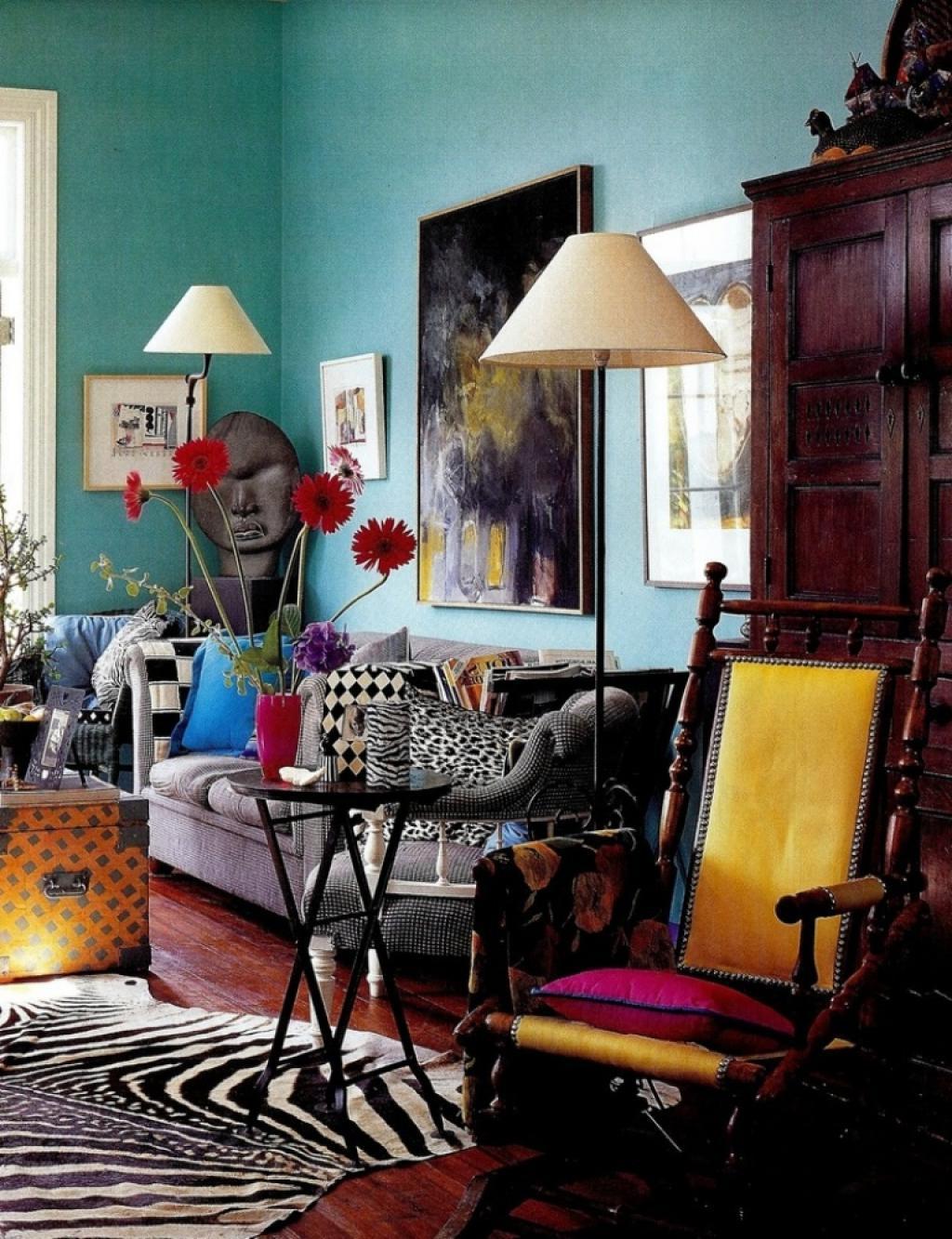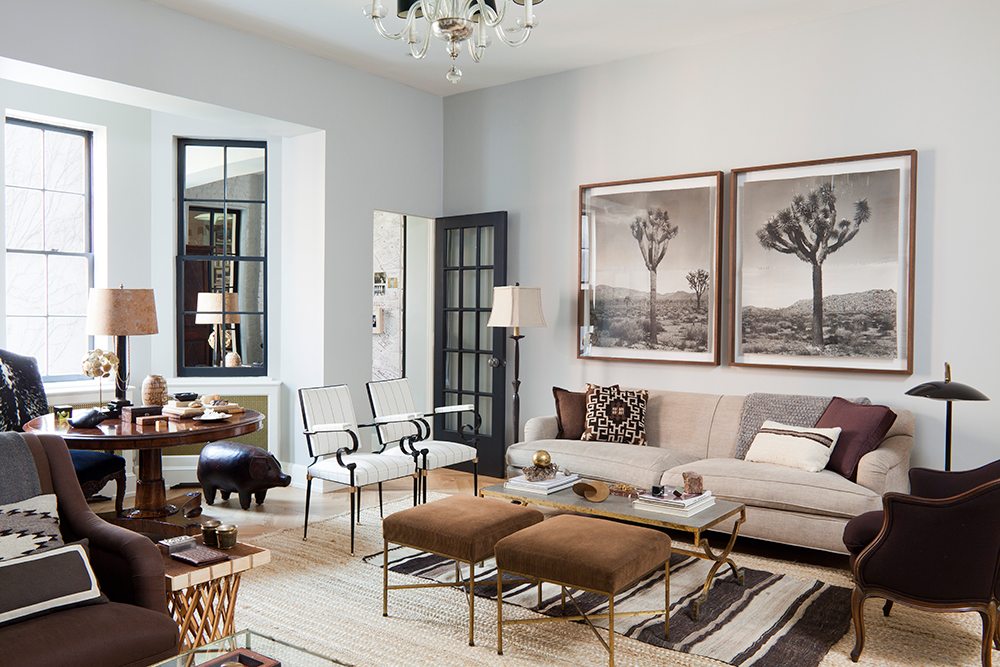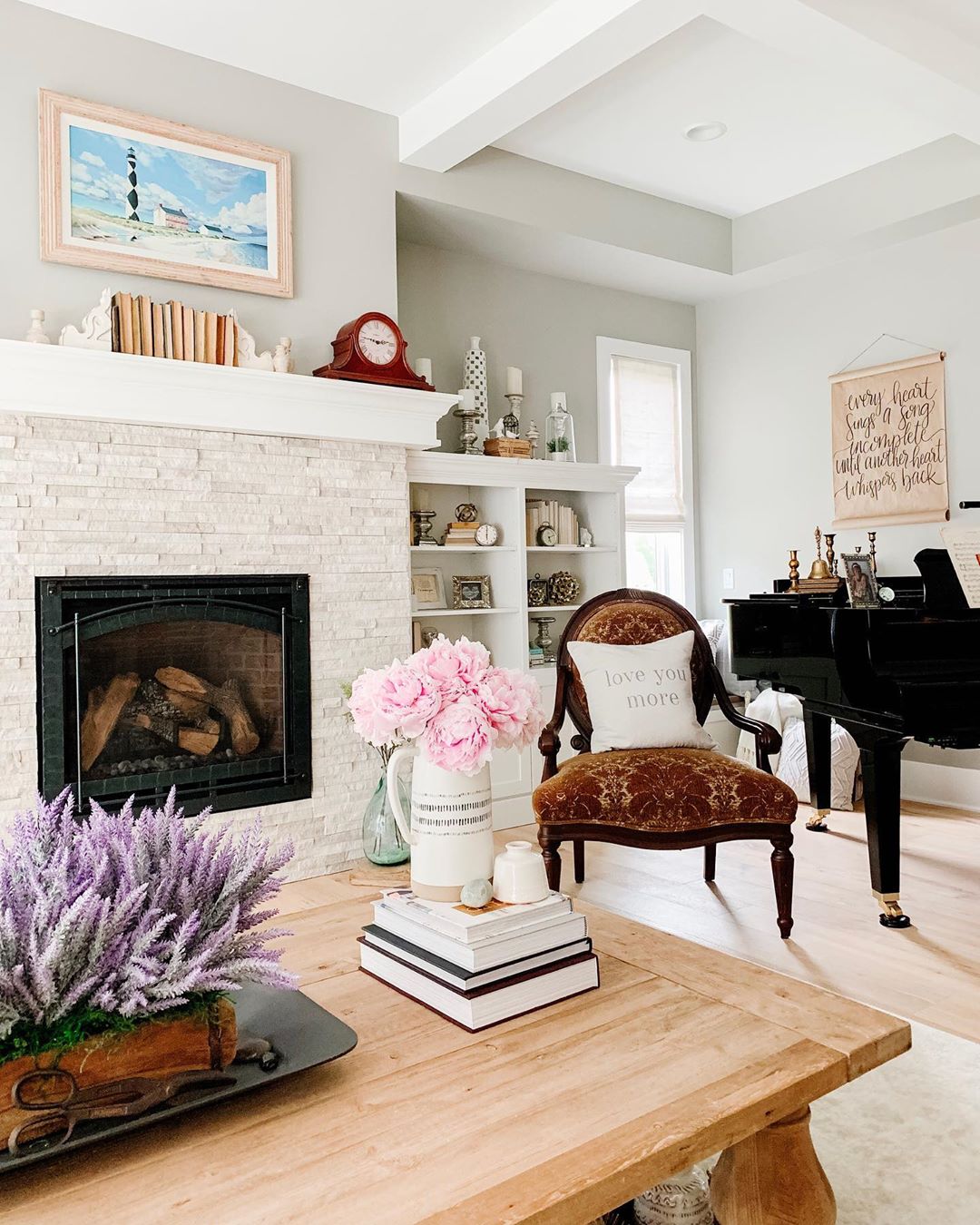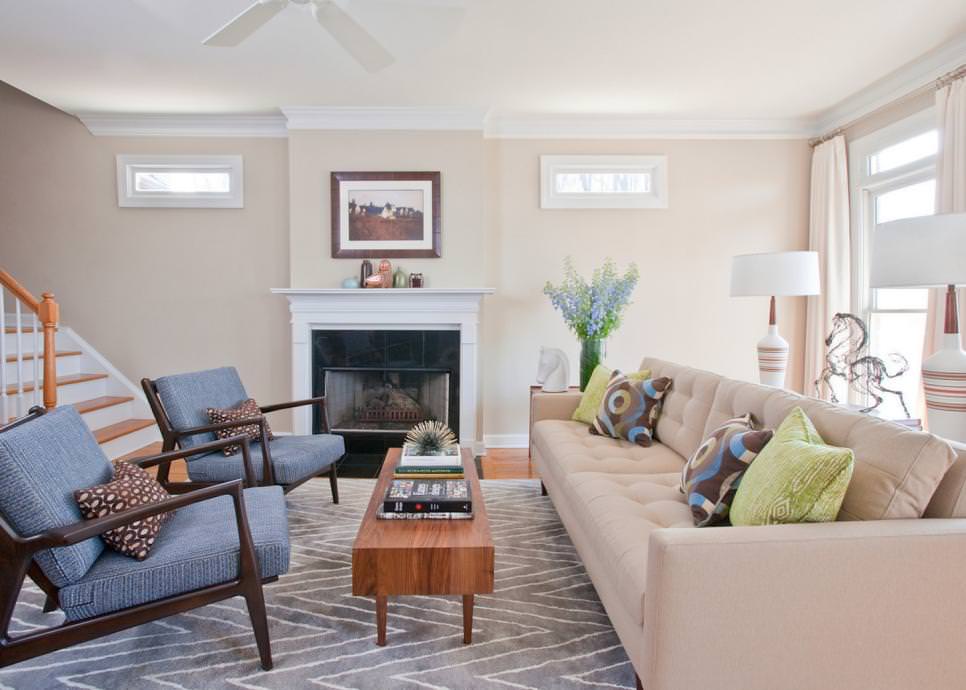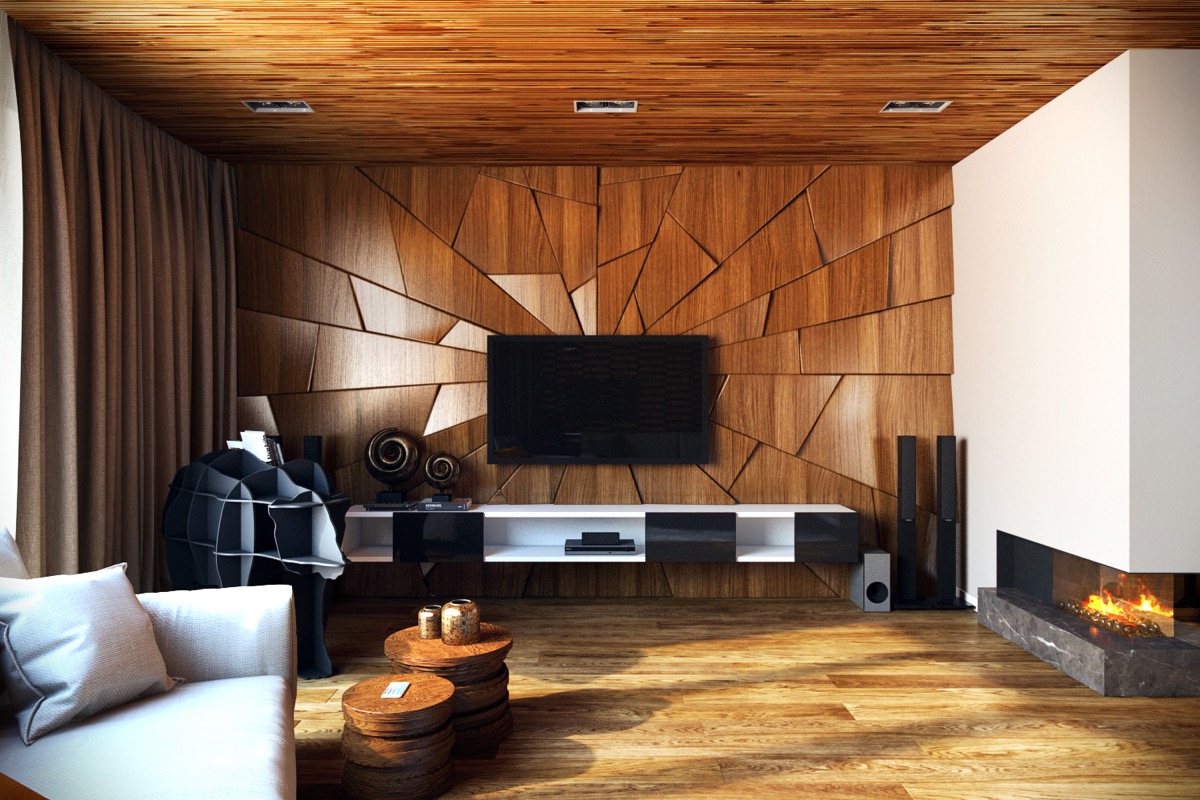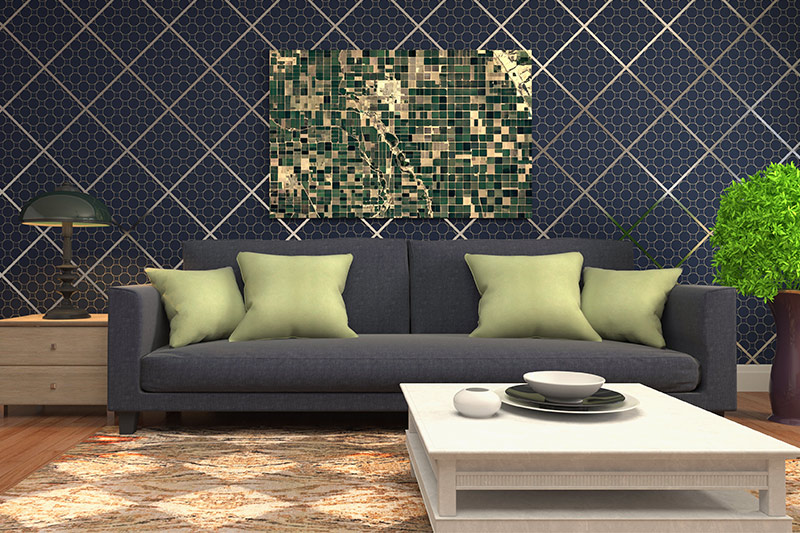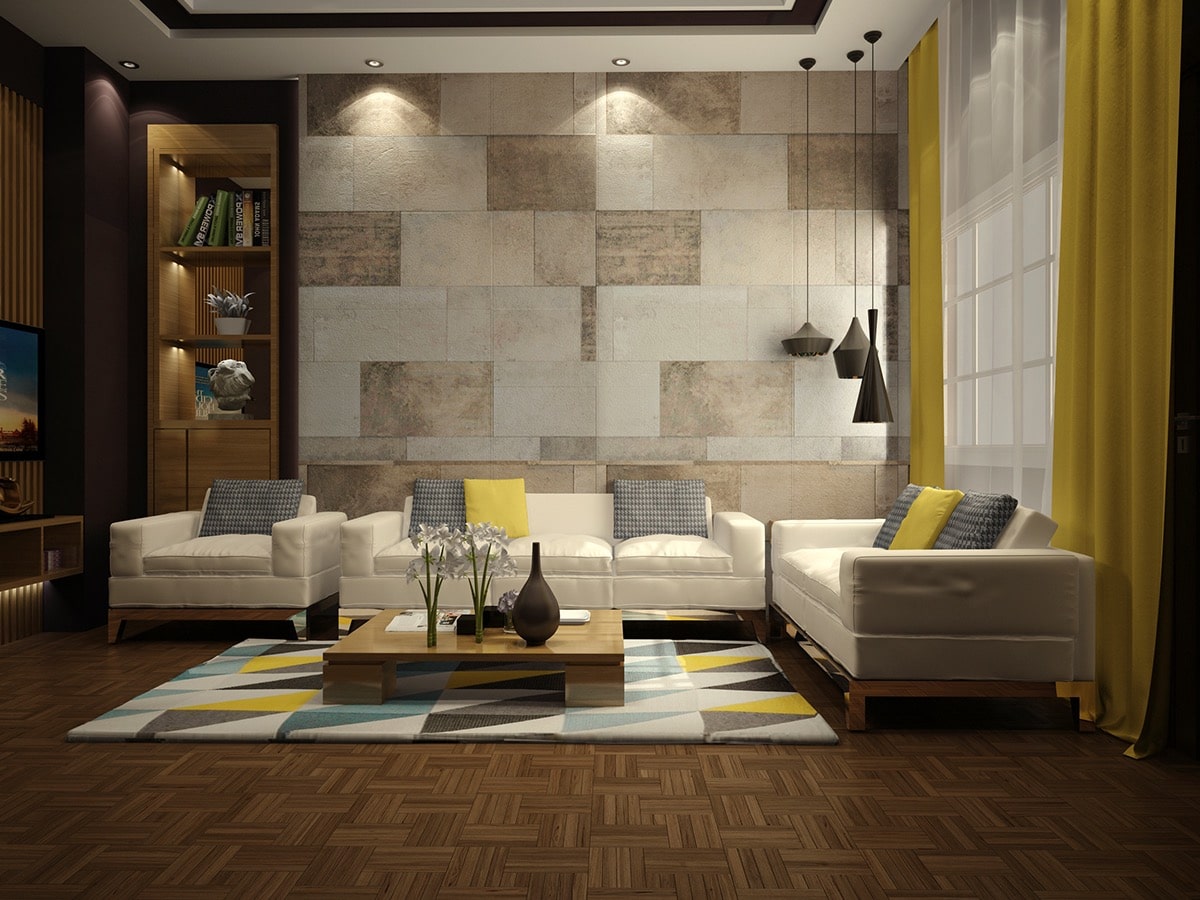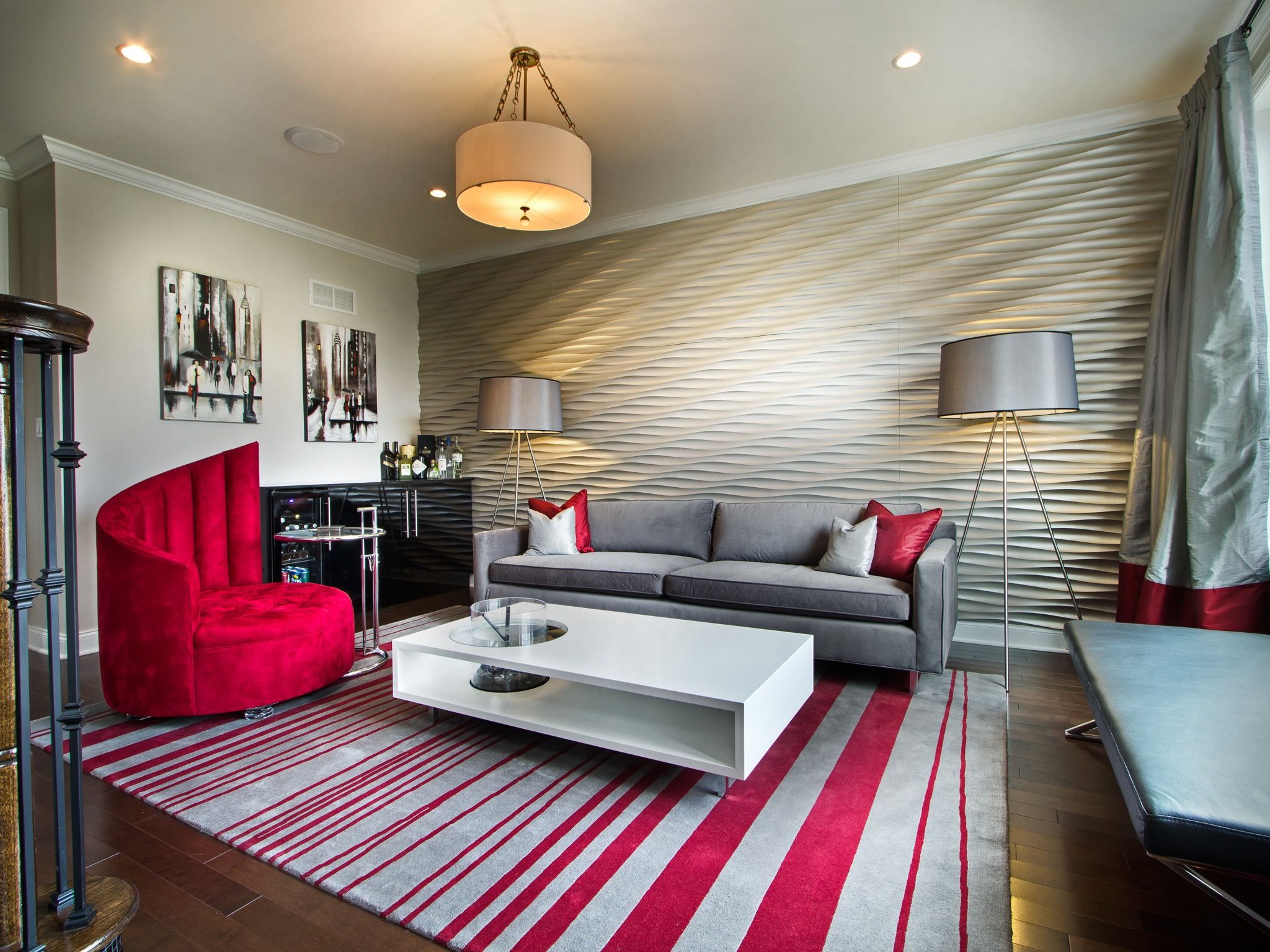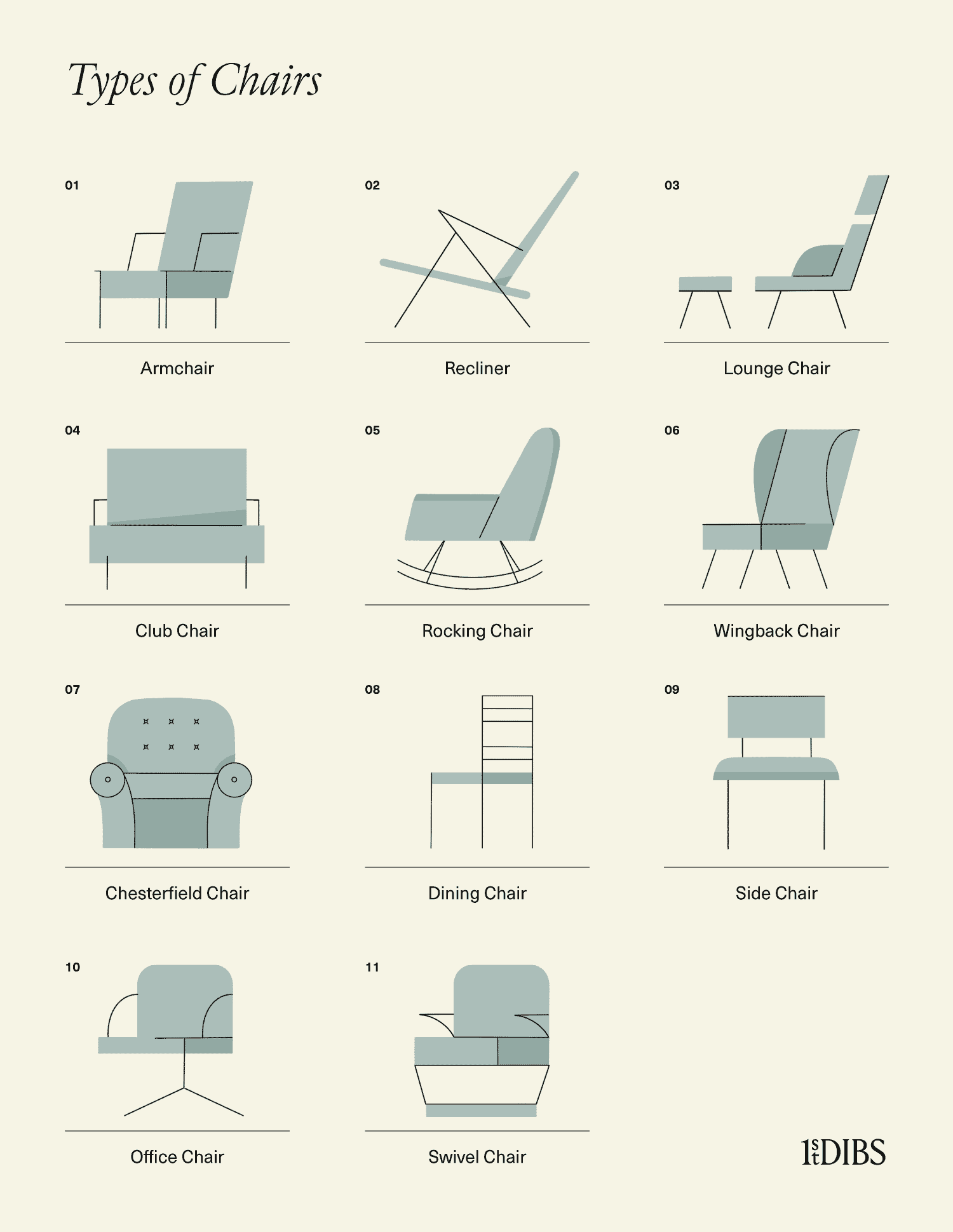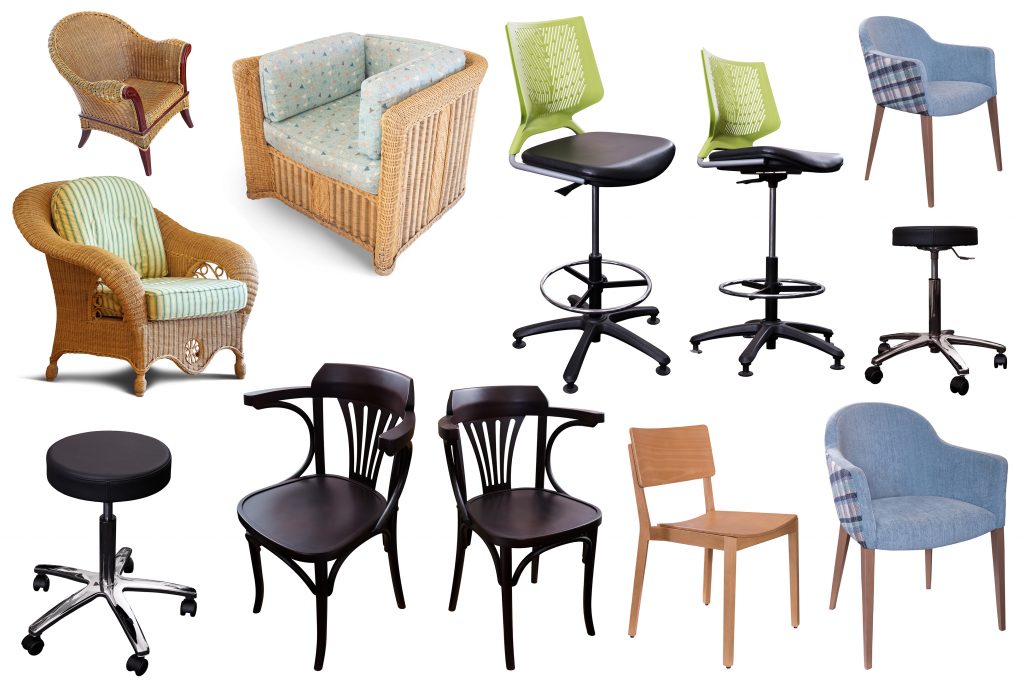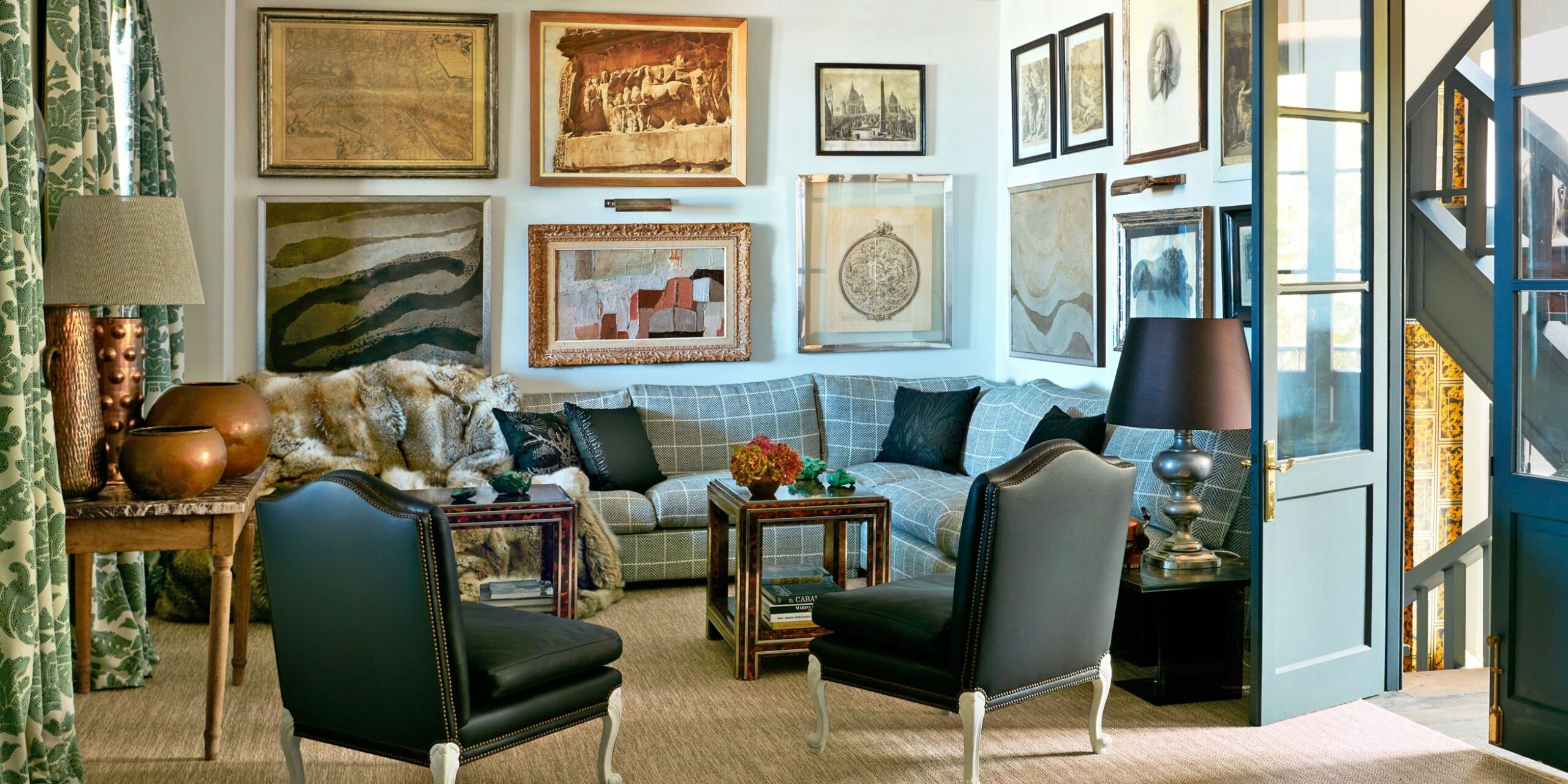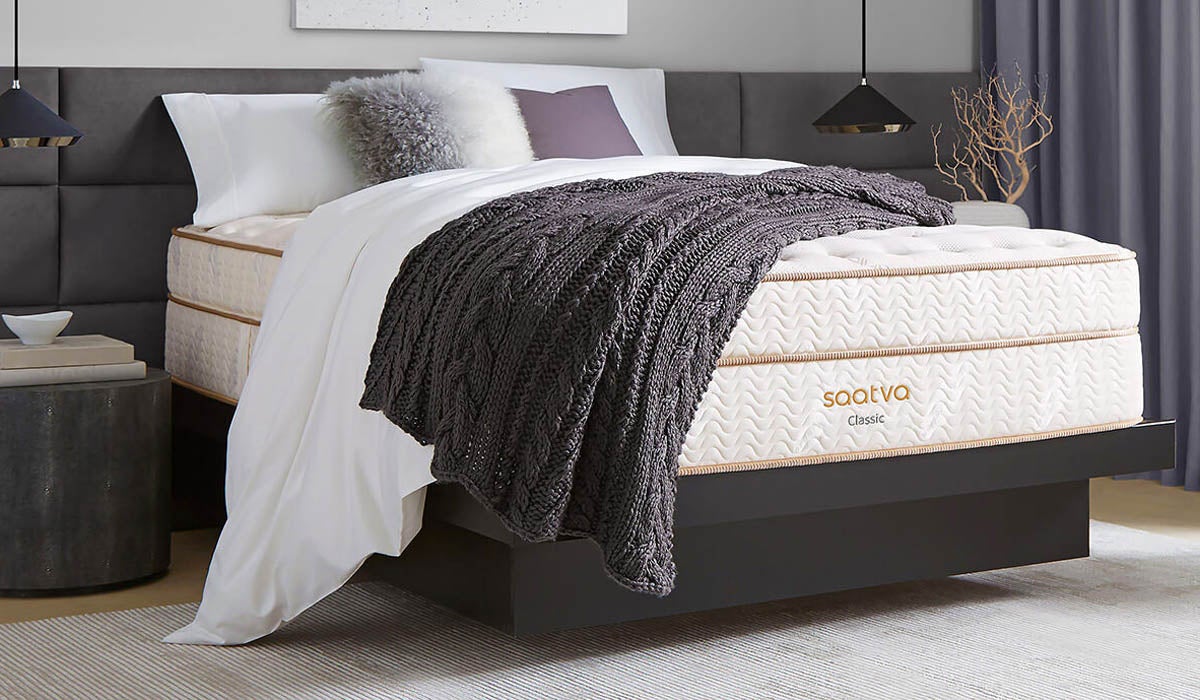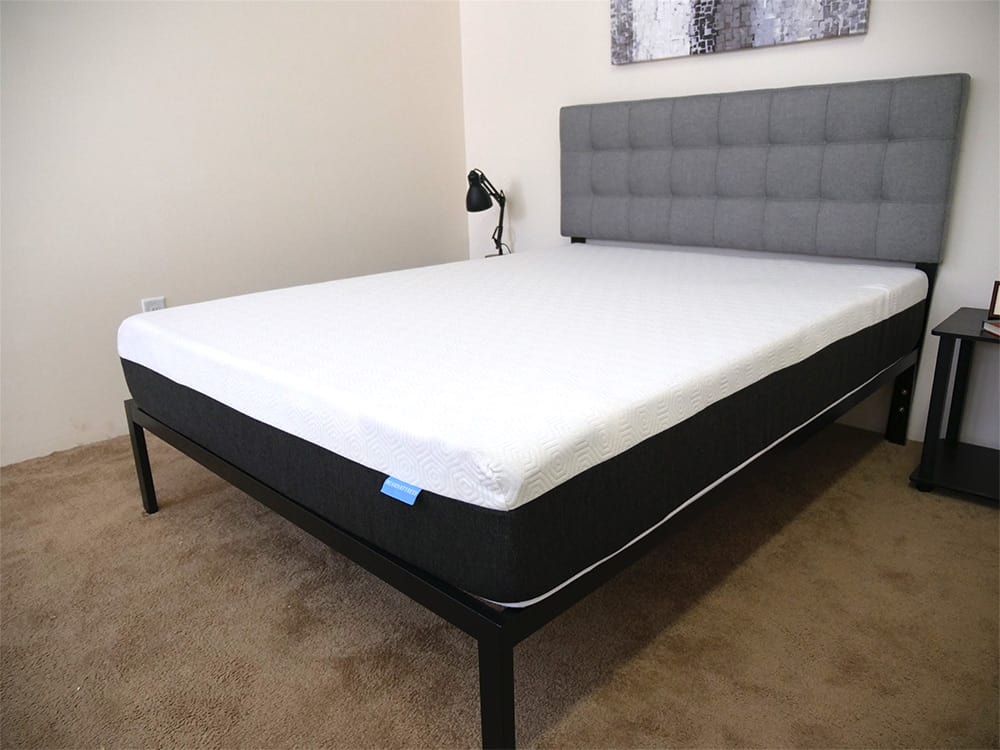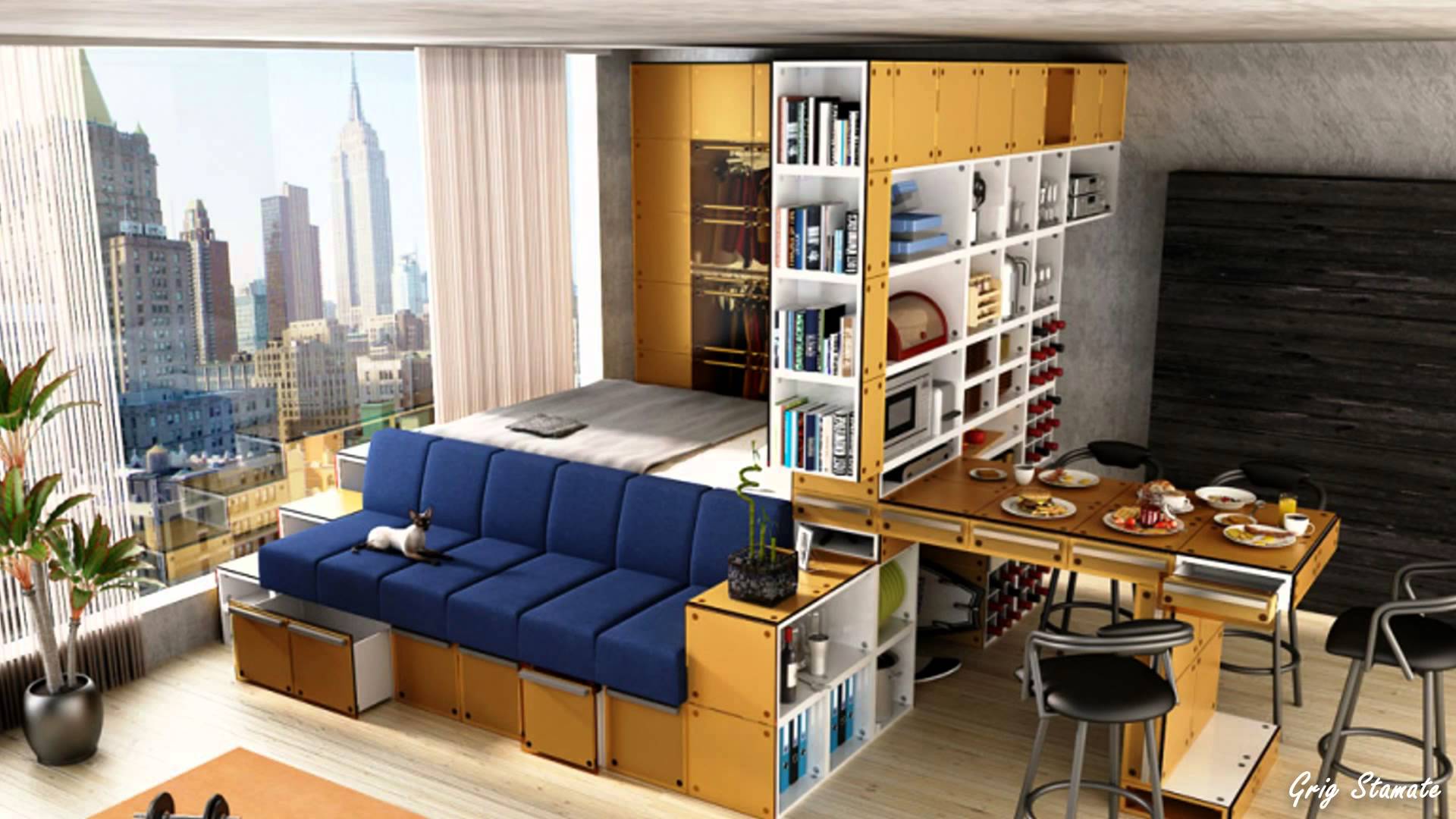When it comes to decorating your living room, mixing furniture styles can be a great way to add interest and personality to the space. But it can also be a bit overwhelming trying to figure out how to make different styles work together. Don't worry, we've got you covered with these top 10 tips on how to mix furniture styles in your living room.Mixing Furniture Styles in Living Room
The key to successfully mixing furniture styles is to find a balance between the different pieces. You want the room to feel cohesive and not like a mishmash of random items. Here are some tips to help you achieve a harmonious blend of styles in your living room.How to Mix Furniture Styles in Your Living Room
1. Start with a focal point. When mixing furniture styles, it's important to have a focal point in the room. This could be a statement piece of furniture, such as a bold-colored sofa or a unique coffee table, that sets the tone for the rest of the space. 2. Choose a color palette. Selecting a color palette will help tie together all the different furniture styles in your living room. You can choose complementary colors or go for a monochromatic look with different shades of the same color. 3. Mix and match styles in pairs. Instead of trying to mix every furniture style in the room, try pairing two different styles together. For example, a modern sofa and a vintage armchair can create an interesting contrast. 4. Use similar materials. Incorporating similar materials, such as wood or metal, can help bring cohesion to the room. For instance, if you have a modern metal coffee table, try adding a vintage metal lamp to tie the two styles together. 5. Play with scale. Mixing furniture styles is all about balance, and playing with scale can help achieve that. Pairing a large, chunky sofa with a delicate side table can create visual interest and balance in the room.Tips for Mixing Furniture Styles in Your Living Room
6. Add in some texture. Mixing different textures, such as a plush velvet sofa and a woven jute rug, can bring depth and visual interest to your living room. Just be sure to keep the color palette consistent to avoid a chaotic look. 7. Don't be afraid to mix patterns. Mixing patterns can be intimidating, but it can also add a fun and unique touch to your living room. Just be sure to stick to a similar color scheme and vary the scale of the patterns. 8. Incorporate vintage pieces. Adding vintage furniture pieces to a modern living room can add character and charm. Look for unique pieces at thrift stores or flea markets to add a touch of nostalgia to your space. 9. Balance out the styles. If you have a lot of furniture pieces from one particular style, try to balance it out with other styles in the room. For example, if you have mostly modern furniture, add in a few traditional pieces to create a more eclectic look. 10. Use color to tie it all together. Color is a powerful tool when it comes to mixing furniture styles. You can use pops of color to tie different pieces together, or go for a monochromatic look with different shades of the same color.Creating a Cohesive Look with Mixed Furniture Styles in Your Living Room
One of the most popular ways to mix furniture styles is by combining traditional and modern pieces. This can create a timeless and sophisticated look in your living room. Here are some tips to help you successfully blend these two styles. 1. Start with a neutral base. When mixing traditional and modern styles, start with a neutral base, such as a neutral-colored sofa or rug. This will allow you to add in bolder pieces without overwhelming the space. 2. Add in pops of color. Use bold colors to add a modern touch to a traditional space. For example, a bright blue accent chair can add a pop of color and modern flair to a traditional living room. 3. Mix traditional and modern patterns. Just like with mixing furniture styles, mixing patterns can add depth and interest to a room. Pair traditional floral patterns with modern geometric patterns for a unique and balanced look. 4. Incorporate unique textures. Mixing textures can add dimension and personality to a room. Try pairing a plush velvet sofa with a sleek leather armchair for a blend of traditional and modern textures.Combining Traditional and Modern Furniture Styles in Your Living Room
Don't be afraid to think outside the box and mix different furniture styles in your living room. This can create a truly unique and personalized space. Here are some tips to help you create a one-of-a-kind living room. 1. Experiment with different styles. Don't limit yourself to just two or three furniture styles. Try mixing and matching different styles, such as mid-century modern and bohemian, for a bold and eclectic look. 2. Incorporate statement pieces. Adding a statement piece of furniture, such as a brightly colored accent chair or a unique coffee table, can add a fun and unexpected element to your living room. 3. Use different materials. Mixing different materials, such as wood, metal, and glass, can add visual interest and create a more dynamic space. Just be sure to keep the color palette consistent. 4. Don't be afraid to break the rules. When it comes to mixing furniture styles, there are no set rules. So don't be afraid to mix and match pieces that you love, even if they don't technically "go" together. After all, it's your living room and it should reflect your personal style.Mixing Different Furniture Styles for a Unique Living Room Design
1. Choose a standout vintage piece. When incorporating vintage pieces into a modern living room, choose one piece to be the focal point. This could be a vintage sofa, a retro coffee table, or a unique lighting fixture. 2. Keep the color palette cohesive. To avoid a cluttered look, stick to a cohesive color palette when mixing vintage and modern styles. This will help tie all the pieces together and create a harmonious look. 3. Add in modern accents. Balancing out the vintage pieces with modern accents, such as a sleek side table or a contemporary rug, can create a cohesive and updated look. 4. Mix and match eras. Don't feel like you have to stick to just one era when incorporating vintage pieces into a modern living room. Mixing different eras can create a more eclectic and interesting look.Incorporating Vintage Pieces into a Modern Living Room
Mixing patterns and textures is a great way to add visual interest and depth to your living room. Here are some tips on how to successfully mix patterns and textures in your furniture. 1. Start with a neutral base. Just like with mixing furniture styles, start with a neutral base when mixing patterns and textures. This will allow the different patterns and textures to stand out without overwhelming the space. 2. Vary the scale of patterns. Mixing patterns is all about balance, and varying the scale of patterns can create a harmonious look. Pair large patterns with smaller ones for a balanced and visually interesting space. 3. Use complementary colors. When mixing patterns and textures, sticking to a complementary color scheme can help tie everything together. This will create a cohesive and visually appealing look. 4. Incorporate different textures. Mixing different textures, such as a smooth leather sofa and a plush velvet armchair, can add depth and visual interest to your living room.Mixing Patterns and Textures in Your Living Room Furniture
1. Keep the scale in mind. When mixing different furniture styles, it's important to keep the scale in mind. Make sure the pieces you choose are proportional to each other to create a balanced and visually pleasing space. 2. Use color to create harmony. Color is a powerful tool when it comes to balancing different furniture styles. Use a consistent color palette to create a sense of harmony and cohesion in the room. 3. Add symmetry. Symmetry is an easy way to create balance in a room. Try pairing two similar pieces of furniture, such as two matching armchairs, on either side of a focal point to create a sense of balance. 4. Mix and match textures. Mixing different textures can add dimension and balance to a room. For instance, pairing a smooth leather sofa with a chunky knit throw can create a balanced and interesting look.How to Balance Different Furniture Styles in Your Living Room
Color is a powerful tool when it comes to tying together mixed furniture styles in your living room. Here are some tips on how to use color to create a cohesive and visually appealing space. 1. Stick to a cohesive color palette. When mixing furniture styles, it's important to have a cohesive color palette to tie everything together. This will create a sense of harmony and balance in the room. 2. Use pops of color. Adding pops of color to your living room can create a cohesive and interesting look. Try incorporating a colorful accent chair or throw pillows to tie together different furniture styles. 3. Go for a monochromatic look. If you prefer a more subtle approach, go for a monochromatic look with different shades of the same color. This will create a cohesive and sophisticated look in your living room. 4. Use color to create contrast. Color can also be used to create contrast between different furniture styles. For example, pairing a bold-colored sofa with a neutral-colored armchair can create a visually interesting and balanced look. Remember, when mixing furniture styles in your living room, the key is to find a balance between the different pieces. Use these tips to create a cohesive and unique space that reflects your personal style.Using Color to Tie Together Mixed Furniture Styles in Your Living Room
Mixing Furniture Styles in Your Living Room: A Creative Design Choice

Creating a Cohesive and Unique Space
 Mixing furniture styles in your living room is a bold and creative design choice that can add character and personality to your home. By combining different styles, you can create a unique and cohesive space that reflects your personal taste and style. This trend is becoming increasingly popular as people move away from traditional, matchy-matchy furniture sets and opt for a more eclectic and personalized look.
Mixing furniture styles in your living room is a bold and creative design choice that can add character and personality to your home. By combining different styles, you can create a unique and cohesive space that reflects your personal taste and style. This trend is becoming increasingly popular as people move away from traditional, matchy-matchy furniture sets and opt for a more eclectic and personalized look.
Breaking Traditional Design Rules
 In the past, it was considered a design faux pas to mix furniture styles in the same room. However, times have changed and interior designers are now encouraging people to break traditional design rules and think outside the box. Mixing furniture styles allows you to break away from the cookie-cutter look and create a space that is truly one-of-a-kind.
Adding Depth and Interest
One of the main benefits of mixing furniture styles is that it adds depth and interest to your living room. By combining different textures, colors, and patterns, you can create a visually appealing and dynamic space. For example, pairing a modern leather sofa with a vintage coffee table creates a beautiful contrast that adds dimension to the room.
Expressing Your Personal Style
Your living room is a reflection of your personal style and mixing furniture styles allows you to express yourself in a unique way. Whether you have a love for mid-century modern furniture or prefer a more rustic and farmhouse look, you can mix and match different pieces to create a space that truly represents your style and personality.
In the past, it was considered a design faux pas to mix furniture styles in the same room. However, times have changed and interior designers are now encouraging people to break traditional design rules and think outside the box. Mixing furniture styles allows you to break away from the cookie-cutter look and create a space that is truly one-of-a-kind.
Adding Depth and Interest
One of the main benefits of mixing furniture styles is that it adds depth and interest to your living room. By combining different textures, colors, and patterns, you can create a visually appealing and dynamic space. For example, pairing a modern leather sofa with a vintage coffee table creates a beautiful contrast that adds dimension to the room.
Expressing Your Personal Style
Your living room is a reflection of your personal style and mixing furniture styles allows you to express yourself in a unique way. Whether you have a love for mid-century modern furniture or prefer a more rustic and farmhouse look, you can mix and match different pieces to create a space that truly represents your style and personality.
Creating a Timeless Look
 Mixing furniture styles also allows you to create a timeless look in your living room. Instead of following a particular trend or style that may go out of fashion, mixing different styles ensures that your space will always look current and on-trend. Plus, as your taste and style evolve over time, you can easily swap out pieces to refresh and update the look of your living room.
Incorporating Pieces with Sentimental Value
Lastly, mixing furniture styles gives you the opportunity to incorporate pieces with sentimental value into your living room. Whether it's a family heirloom or a unique thrift store find, these pieces add a personal touch and tell a story in your space. Mixing them with other furniture styles can create a beautiful and meaningful design that is truly one-of-a-kind.
In conclusion, mixing furniture styles in your living room is a design choice that allows you to break traditional rules and create a space that is uniquely yours. It adds depth, interest, and a personal touch to your home, while also creating a timeless and visually appealing look. So don't be afraid to mix and match different styles in your living room – the end result will be a beautiful and cohesive space that reflects your individuality.
Mixing furniture styles also allows you to create a timeless look in your living room. Instead of following a particular trend or style that may go out of fashion, mixing different styles ensures that your space will always look current and on-trend. Plus, as your taste and style evolve over time, you can easily swap out pieces to refresh and update the look of your living room.
Incorporating Pieces with Sentimental Value
Lastly, mixing furniture styles gives you the opportunity to incorporate pieces with sentimental value into your living room. Whether it's a family heirloom or a unique thrift store find, these pieces add a personal touch and tell a story in your space. Mixing them with other furniture styles can create a beautiful and meaningful design that is truly one-of-a-kind.
In conclusion, mixing furniture styles in your living room is a design choice that allows you to break traditional rules and create a space that is uniquely yours. It adds depth, interest, and a personal touch to your home, while also creating a timeless and visually appealing look. So don't be afraid to mix and match different styles in your living room – the end result will be a beautiful and cohesive space that reflects your individuality.
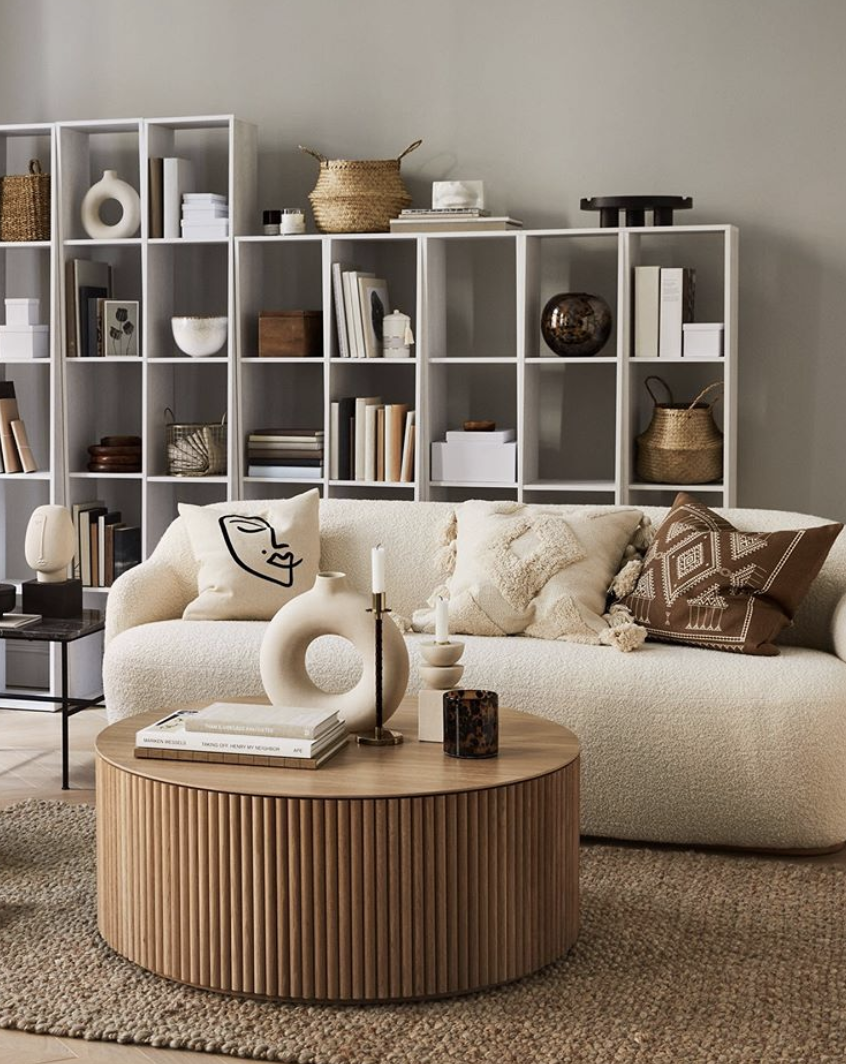











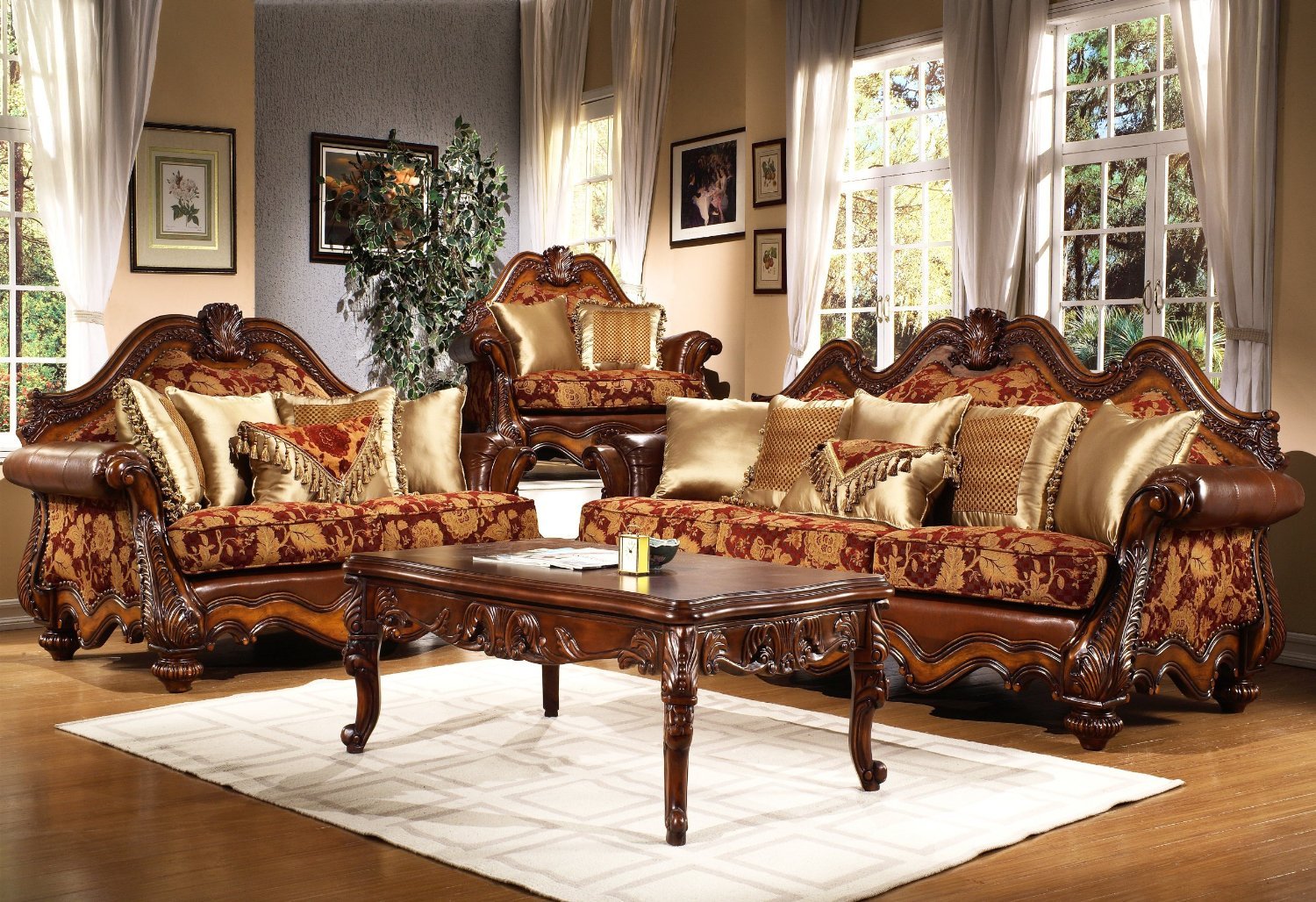




.jpeg)












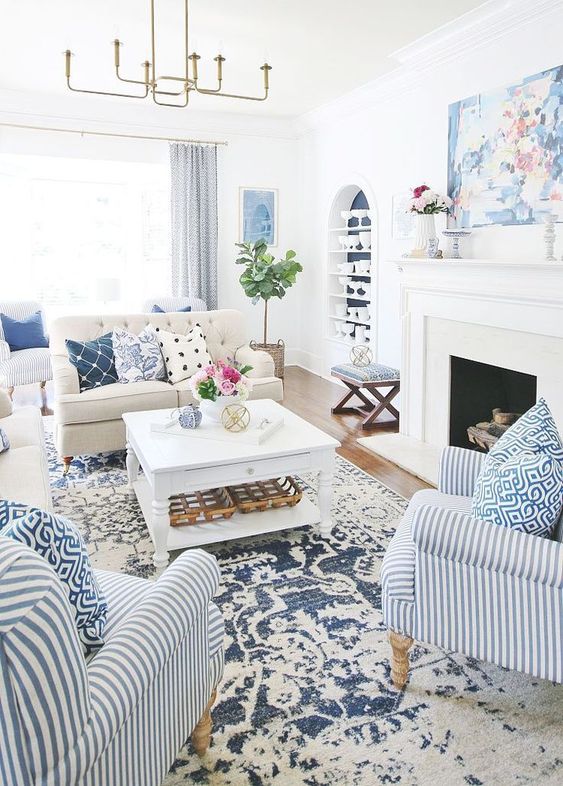

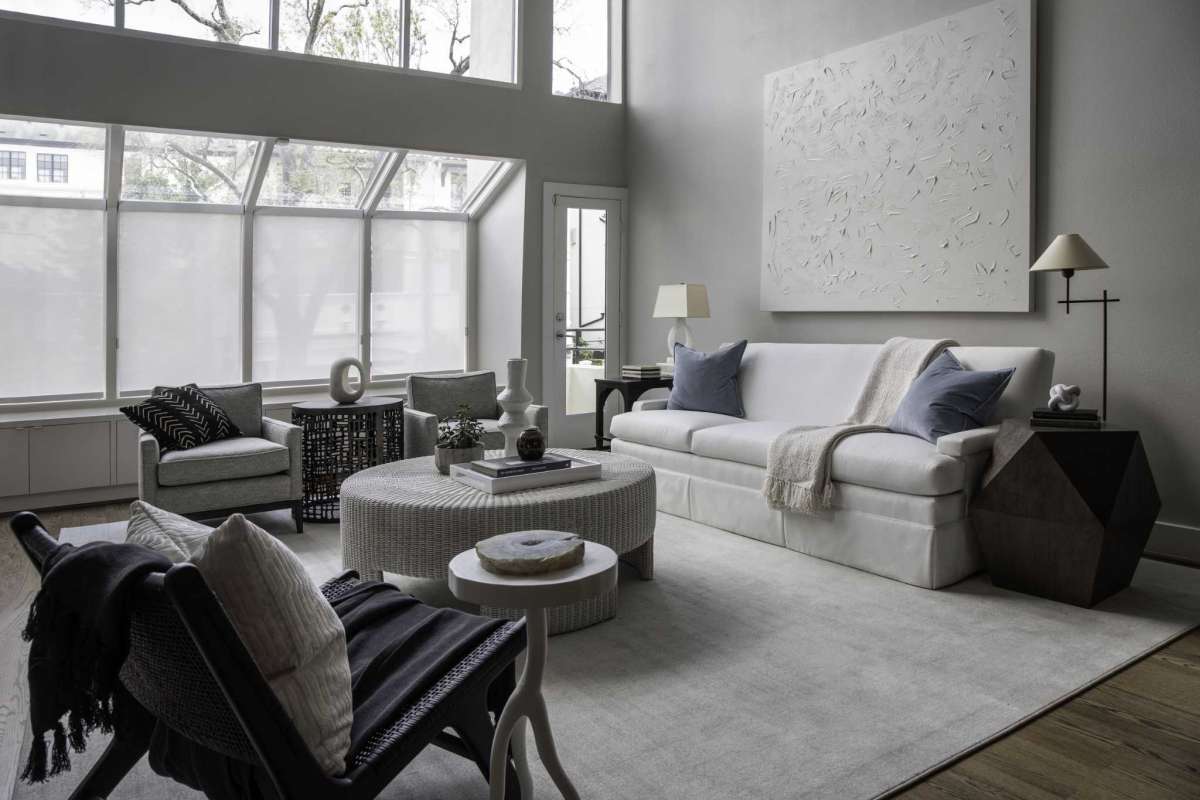


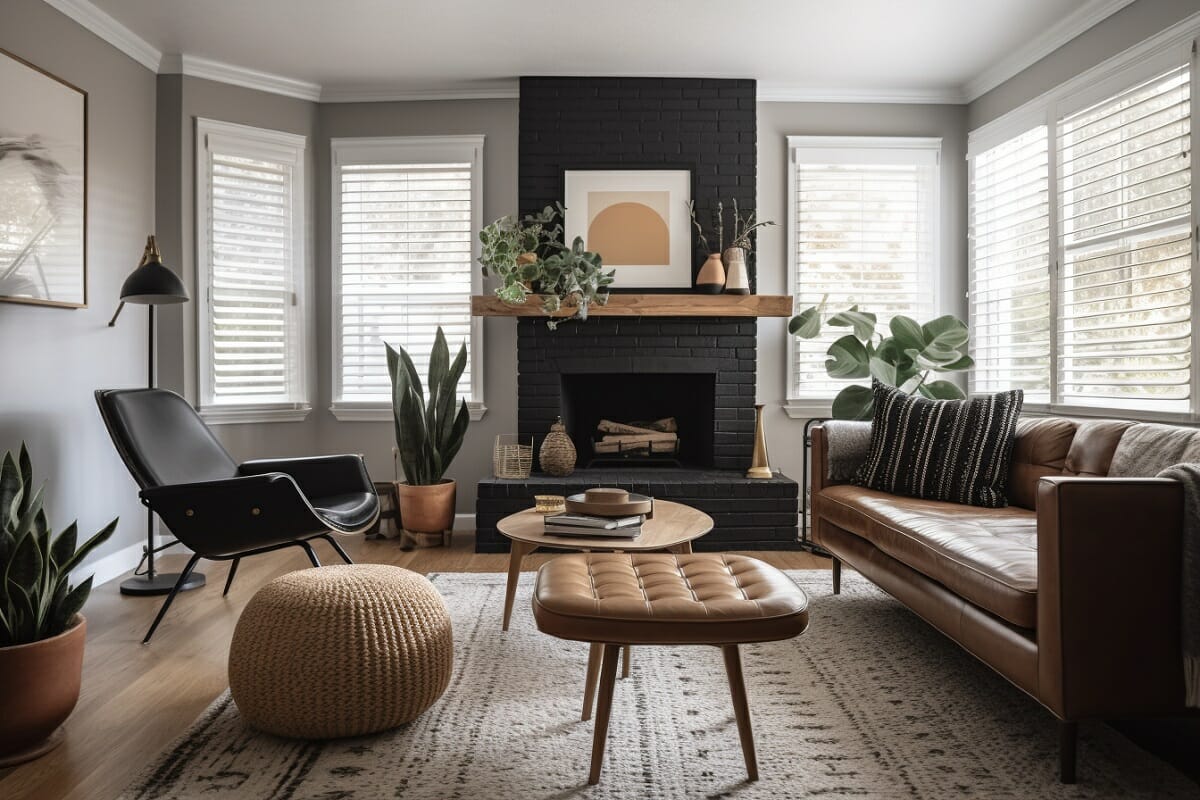


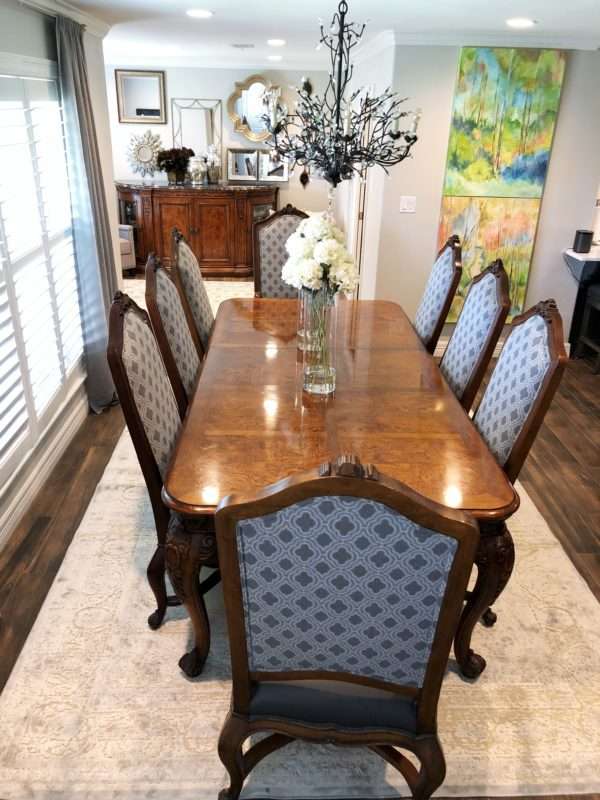

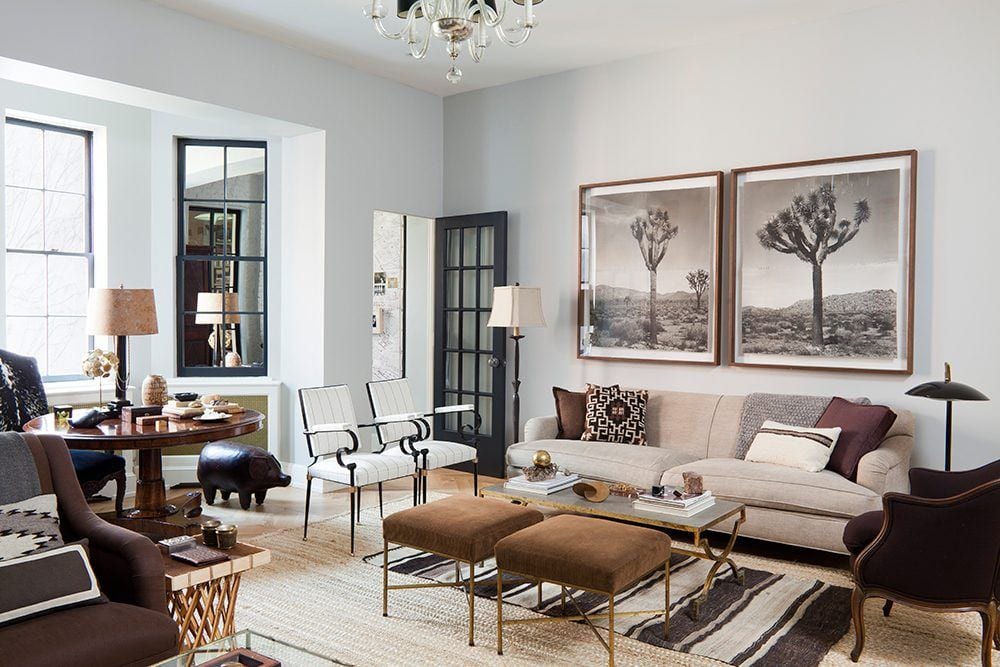
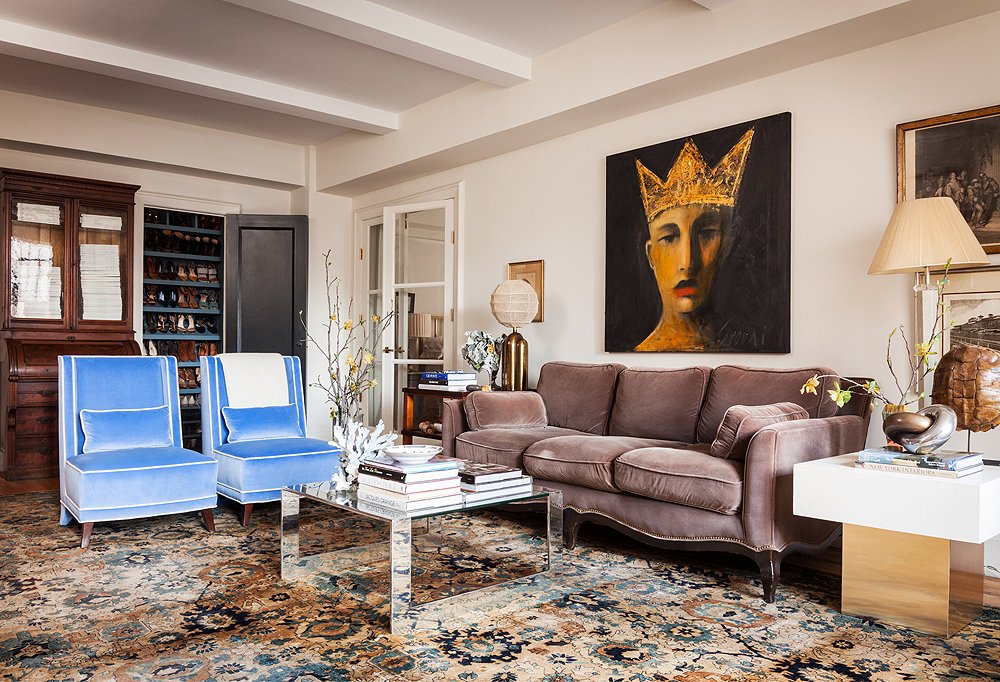
.jpeg)
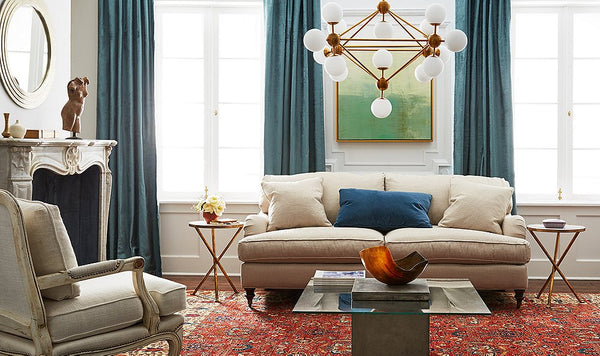

:max_bytes(150000):strip_icc()/mixing-antique-accessories-into-modern-decor-1976754-hero-070dea6d92104007aa7519130e8426c1.jpg)

